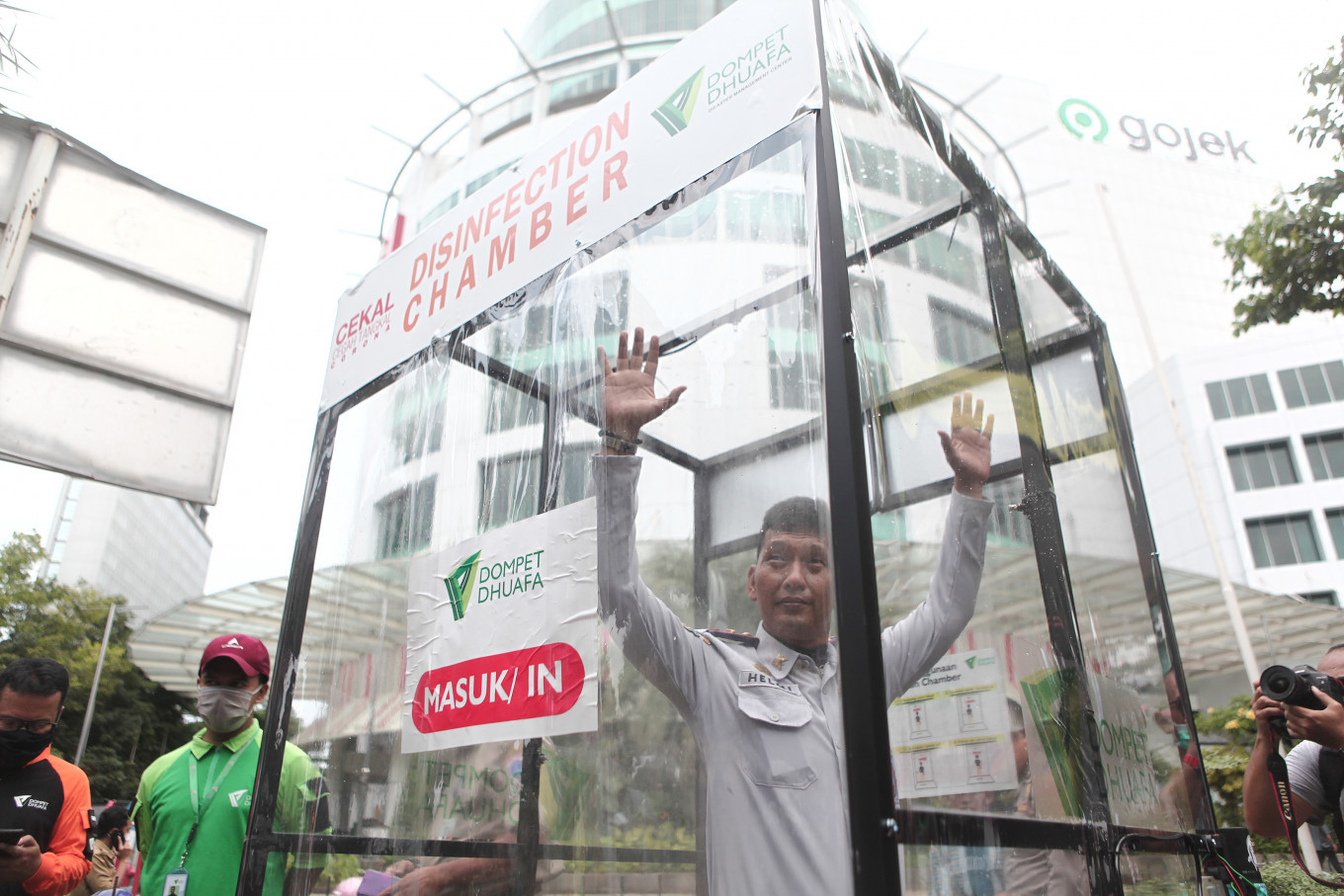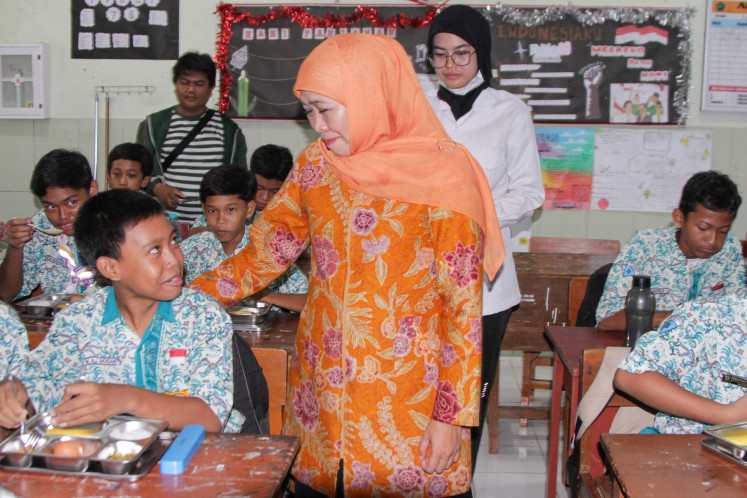Popular Reads
Top Results
Can't find what you're looking for?
View all search resultsPopular Reads
Top Results
Can't find what you're looking for?
View all search resultsHow to make our charitable donations go further
Each dollar spent testing for and treating tuberculosis delivers some of the most phenomenal returns across all areas in the world.
Change text size
Gift Premium Articles
to Anyone
T
he end of the year is when we often consider the good that we want to achieve in the world in the next twelve months. We create resolutions to achieve personal objectives like exercising more, managing our weight, or achieving financial goals—and we also often commit to give back to our communities and societies through volunteering and philanthropy.
It’s a great time to focus on doing good in the world. It’s also a great time to think more about how we can do the most good, not just locally, but on a global scale.
This is a particularly urgent challenge right now, given that COVID-19 and the response to the pandemic have made things even harder for some of the poorest countries. Economies have been damaged and poverty is increasing after decades of decline; health resources and global support have been redirected to the pandemic; hunger is on the rise; schools have shut leaving kids learning from home or not at all.
The Sustainable Development Goals try to offer a blueprint for helping solve these challenges. They were set by the United Nations in 2015, offering a list of 169 development targets that must be reached to transform the planet, covering everything from reducing poverty and increasing prosperity, to protecting the planet, advancing peace, and improving health and education.
But having a list of 169 priorities, essentially means having no priorities at all. The UN development agenda tries to be all things to all people, but then fails to focus attention on the areas where donors, philanthropists, or you and I could achieve the most good.
Core targets like the eradication of infant mortality, ensuring basic learning or achieving opportunities to get out of poverty, are placed on an equal footing with peripheral targets that promote “sustainable tourism” and education on how to have “lifestyles in harmony with nature”.
Of course, our natural inclination is to combat every ill. But if we are serious about doing good in the world, we need to focus on the areas where we have sound investments that transform lives.
That means making tough choices. An eye-watering sum has been spent by rich countries during COVID-19, and the effectiveness of much of this spending is dubious at best. The COP26 conference recently focused our attention on climate change, but—especially for the world’s poorest who still experience energy poverty—also showed that many available policies remain too expensive and inefficient.
Fortunately, there is a smarter way to do good. My think tank, the Copenhagen Consensus, works with world-class economists and uses sophisticated algorithms and the best available data to compare alternate strategies, globally and in different countries. This ensures we can identify how much benefit to society can be achieved with every dollar spent, and also highlight effective approaches that deserve more attention.
Consider tuberculosis, which kills more people than HIV and malaria combined. Even before the pandemic, it received just five percent of health development spending for the world’s poorest. (We can only imagine that figure has decreased even further). Yet, a decade of research for Copenhagen Consensus by top experts has shown that each dollar spent testing for and treating tuberculosis delivers some of the most phenomenal returns across all areas in the world.
TB is especially insidious because it mostly hits young adults in their prime, just as they establish families and join the workforce. India has the most TB in the world and our research for several Indian states shows improving detection and treatment can generate huge benefits for society. Put into monetary terms, every dollar spent produces social returns of more than $100.
Or take the example of combating malnutrition and hunger. Malnutrition in a child will shape his or her entire life prospects, so astoundingly cheap investments made today in better nutrition can lead to better education and more productive adult lives. In Ghana and Malawi, for example, our research shows this approach can cost as little as five dollars per mother and yet save lives and transform lifelong prospects, so that each dollar spent delivers $36 of social returns.
At this time of the year, many of us reflect on our goodwill and fortune while considering those who are less fortunate. In the 12 months ahead, our resolution should not just be to focus on helping more but especially to help in the most effective ways possible.
***
The writer is president of the Copenhagen Consensus and visiting fellow at Stanford University's Hoover Institution.











